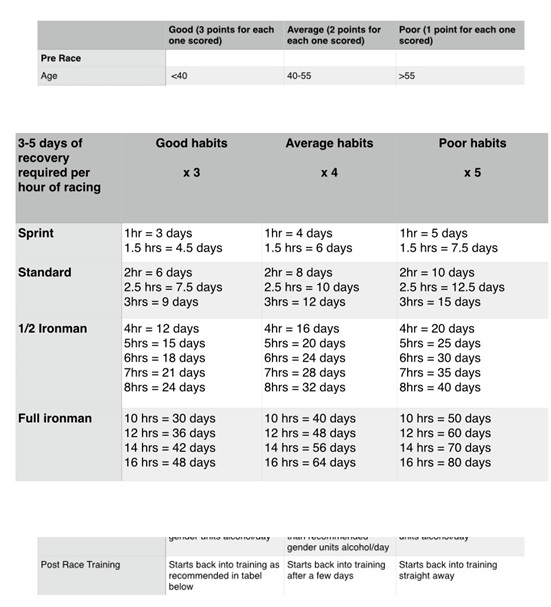Rest makes you stronger when you resume training
By Nina Beltran | Photo by Anton Darius | Sollers/Unsplash
You’ve just crossed the finish line. Congratulations!
Your adrenaline levels are probably still high from completing such a challenging task. The exhilaration after finishing a race is unmatched. All that hard work is worth it. I bet you can’t wait to do it all over again, right? The question now is, how long should you wait before you step up on the starting line again?
Research has shown evidence of muscle damage, decreased muscle function, and muscle soreness immediately after a race or hard workout. I’m sure we’ve all experienced this and some of you may have heard the term DOMS (Delayed Onset Muscle Soreness). Some even fondly refer to it as “happy pain.” This happens when muscle soreness, as reflected by blood markers, peaks at about two to 24 hours after intense physical activity. Muscle condition returns to baseline within eight days. As you progress in training, the recovery period shortens.
We Recover to Train, Not Train to Recover
The magic happens during recovery. It is actually during rest that you get stronger. The body repairs the trauma done to do the muscle during training while you’re at rest because this is when a natural inflammatory phase occurs. The problem is, most endurance athletes live in a constant state of fatigue. This translates to having a chronic systemic inflammatory state that could in fact lead to a syndrome of impaired performance, making you more prone to injury. So time really is an essential element for recovery and conditioning.
The challenging goal now is to find an appropriate balance between training, competition, and recovery to maintain a high level of performance. From my readings, honestly, I have not found evidence-based means or guidelines for recovery that will suit every person.
Determining Your Race Recovery Time for Re-training
Assuming you followed the recommended recovery nutrition techniques immediately, when can you resume training? How do you know when it is safe to start again? Several methods have been suggested to measure training stress, which includes the use of the Training Stress Score and Performance Management Chart to determine recovery time. Although scientific data are lacking in reliability to correlate the scores to performance, you may use these as guides.
I’ve come across a simple and logical diagnostic test that you can do to better estimate recovery time from any workout, particularly triathlon.
These are the factors to consider:
Add up your points to see which category you fit into: Good (15-25), Average (26-35), or Poor (36-45). To arrive at your recovery time, refer to the table below. But keep in mind that this is just a guideline to gauge readiness to re-train. Your body is still the best indicator.

From the table above, how you live your life also affects your rate of recovery as much as the races you join and other activities you do. Your genes, or even age, matter less in endurance sports. The body can be trained and conditioned to endure great things as long as you do it the right way.
So take the time to rest and recover. Make the most of your break so you can come back with a vengeance on your next race.
References:
www.active.com/triathlon
www.triathloncoach.com/uncategorized
Journal of Human Sport and Exercise ISSN 1988-5202
Journal of Exercise Physiology Vol 14 no 4 Aug 11
European Journal of Sports Science May 2010